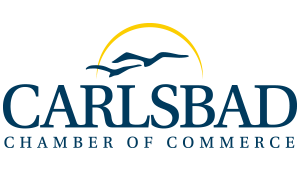Every 45 seconds someone in the United States has a stroke. When it happens, immediate action is crucial. Stroke victims who receive emergency and advanced technical care within the first three to six hours of the first symptom may greatly lessen the consequences to their health. Nearly three-quarters of all strokes occur in people over 65, and that risk more than doubles each decade after age 55. However, strokes can, and do, occur at any age.
A stroke is an interruption of blood flow to the brain, most often caused by a clot in an artery that feeds the brain. In most strokes, the clot forms elsewhere and migrates to the brain; in some cases, the blood clot is in the brain itself. When blood flow is interrupted, brain cells cannot get the oxygen and other nutrients they need to survive. Fortunately, brain tissue doesn't die right away, and if blocked blood vessels can be opened quickly, there is a significant chance of recovery. But every minute counts.
Most of the time, stroke happens without warning. However, some people experience a transient ischemic attack (TIA) or “mini-stroke.” Caused by a temporary blockage, TIA produces the same symptoms as a conventional stroke, but usually resolves within an hour and results in no permanent injury. TIA can be a warning sign of a future stroke. Recognizing and treating TIA can reduce the risk of having a full-blown stroke.
While anyone is susceptible to stroke, some risk factors include: high blood pressure, heart disease, high cholesterol, diabetes, carotid artery disease, age, family history of stroke, African-American ethnicity and smoking.
Stroke symptoms come on suddenly and can include: numbness or weakness on one side of the body, problems talking or understanding speech, difficulty seeing or walking, or a severe headache.
If you think you are having a stroke, go to the emergency room immediately. It is better to find out you didn't have a stroke than to learn you did and waited too long to get help.
In the emergency room, emergency physicians, neurologists, and interventional radiologists take over. Interventional radiologists specialize in treating diseases using instruments guided by imaging techniques. This reduces the need for large surgical incisions and general anesthesia. Interventional radiology offers several significant advantages over treatments used in the past.
May is National Stroke Awareness Month. Stroke awareness can help save your life.
Thomas Chippendale, MD, PhD, is a board-certified neurologist and the medical director of the primary stroke center for Scripps Memorial Hospital Encinitas.
For more information, call 1-800-SCRIPPS.
